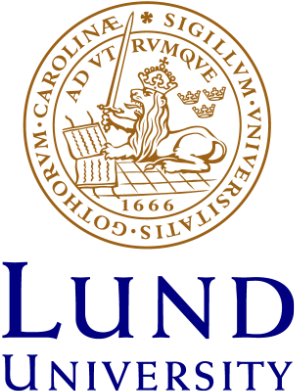Monoclonal antibodies to the pituitary growth-hormone receptor by the anti-idiotypic approach. Production and initial characterization
We obtained 10/192 and 3/384 antibody-secreting hybrids after immunization of Balb/c mice with either human growth hormone or affinity-purified rabbit anti-(human growth hormone) respectively. Radiolabelled rabbit anti-(human growth hormone) antibodies, but not human growth hormone, were specifically bound by supernatants from the 13 hybrids. The binding was completely inhibited by human-growth-ho
